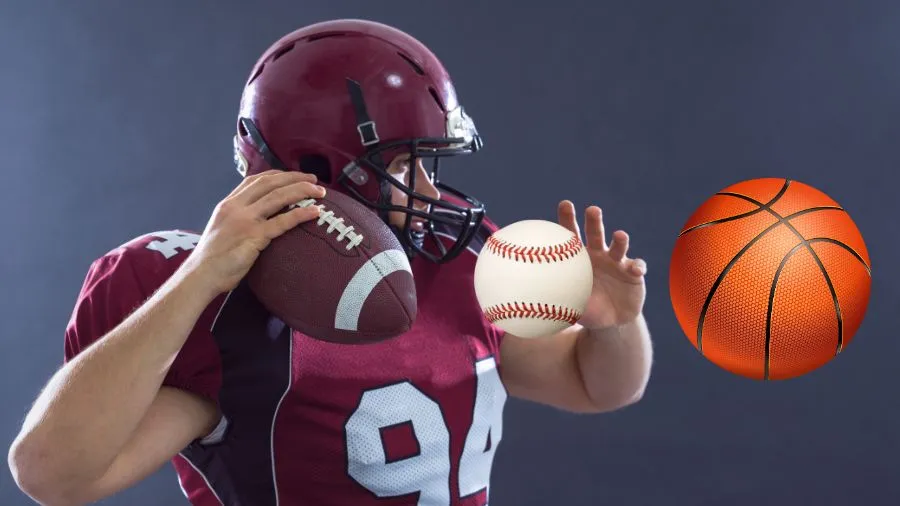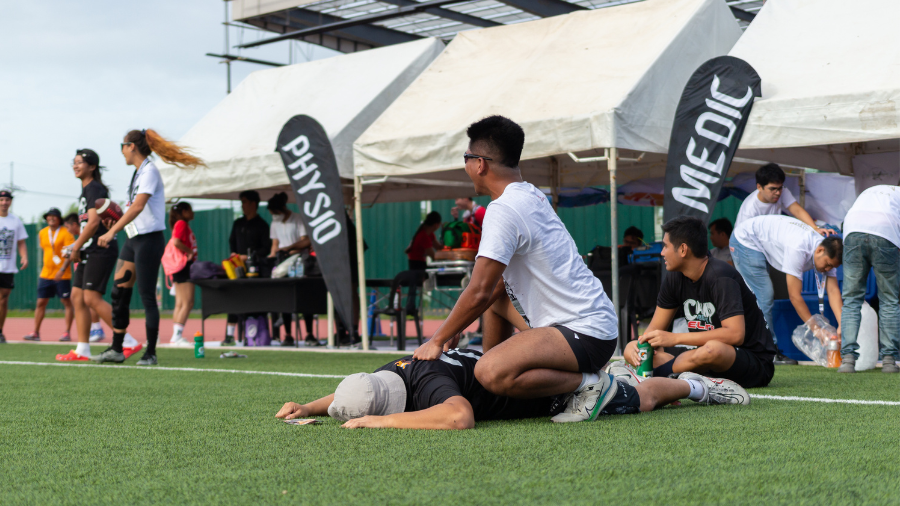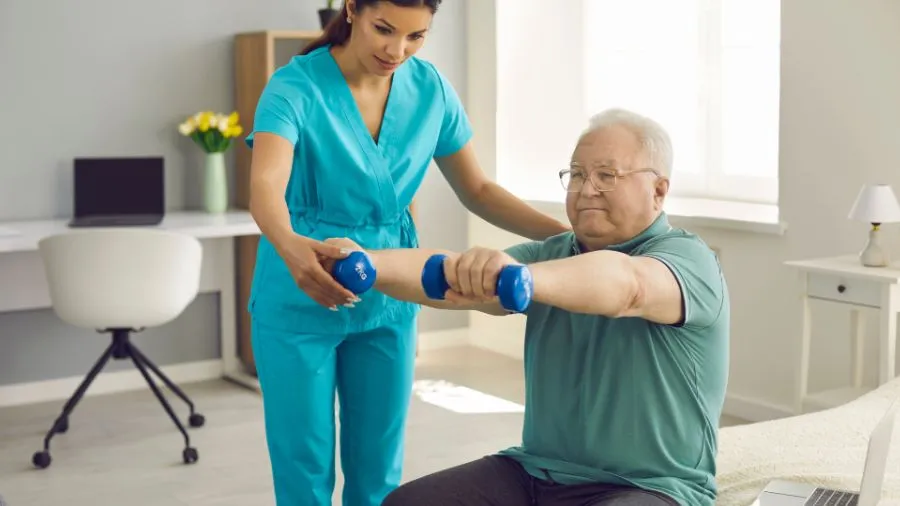For athletes in throwing sports like baseball, softball, javelin throw, or any activity that involves forceful overhead arm movements, mastering proper throwing mechanics is paramount. Proper throwing mechanics not only enhance throwing accuracy and power but also significantly reduce risk of injury.
How Proper Throwing Mechanics Reduce Risk of Injury
Throwing mechanics involve a coordinated sequence of movements throughout the entire body. When these movements are performed incorrectly, repetitive stress can lead to overuse injuries in the shoulder, elbow, and wrist. Proper throwing mechanics ensure optimal force transfer and reduce stress on individual joints, thereby significantly reducing risk of injury.
Here’s a breakdown of how proper throwing mechanics protect athletes from injuries:
- Shoulder Stability: Proper mechanics engage the core muscles and larger muscle groups, minimizing stress on the rotator cuff muscles in the shoulder, which are susceptible to tears with repetitive overhead motions.
- Elbow Protection: Proper throwing mechanics ensure a smooth and controlled elbow extension, minimizing strain on the ulnar collateral ligament (UCL) in the elbow, a common injury in throwing athletes.
- Wrist Alignment: Maintaining a neutral wrist position during the throw prevents excessive stress on the wrist joint and the delicate tendons that run through it.
Key Components of Proper Throwing Mechanics
Mastering proper throwing mechanics takes practice and guidance. Here’s a breakdown of the key components to focus on:
- Grip: A comfortable and secure grip on the ball allows for optimal control and power transfer throughout the throw.
- Windup: The windup phase involves a coordinated movement of the legs, core, and upper body, generating momentum for the throw.
- Striding: The stride leg extends forward, providing stability and transferring weight from the back leg to the front leg.
- Hip Rotation: The core muscles and hips rotate forcefully, generating power for the throw.
- Arm Mechanics: The throwing arm remains close to the body during the early stages of the throw, accelerating through a full range of motion without compromising proper shoulder and elbow mechanics.
- Follow-Through: A strong follow-through ensures a complete range of motion and helps maintain balance.
Developing Proper Throwing Mechanics
Athletes can develop proper throwing mechanics through a combination of drills, training, and feedback:
- Qualified Coaching: Working with a qualified coach who can assess your throwing mechanics and provide personalized feedback is crucial.
- Strength and Conditioning: Building core strength, shoulder stability, and overall athletic conditioning provide a foundation for proper throwing mechanics.
- Throwing Drills: Specific drills can help isolate and improve different aspects of the throwing motion, such as hip rotation or arm mechanics.
- Video Analysis: Video analysis can be a valuable tool for athletes and coaches to identify areas for improvement in throwing mechanics.
Additional Tips for Throwing Athletes
Here are some additional tips for throwing athletes to reduce risk of injury and optimize performance:
- Warm-up and Cool-down: Proper warm-up routines prepare the body for throwing, while cool-down routines help with muscle recovery.
- Listen to Your Body: Don’t push through pain. If you experience any discomfort, take a break and consult with a coach or healthcare professional.
- Gradual Progression: Increase throwing intensity and volume gradually to allow the body to adapt and prevent overuse injuries.
- Maintain Flexibility: Regular stretching routines can improve flexibility and range of motion, contributing to proper throwing mechanics.
Conclusion
By prioritizing proper throwing mechanics, athletes can significantly reduce risk of injury, improve throwing accuracy and power, and achieve their full potential in their chosen sport. Remember, proper mechanics take time and dedication to master. With consistent practice, feedback from a qualified coach, and a focus on overall athletic development, athletes can throw with confidence and minimize the risk of injuries.
Sources:
- “Throwing Mechanics in Baseball” by James Andrews & Lyle Maynard (2007)
- “Sports Injuries of the Upper Extremity” by Charles Paine III (2010)
- “Kinesiology of the Throwing Athlete” by Mike Wilk & Bruce Kibler (2011)
Keywords: Proper Throwing Mechanics, Reduce RIsk of Injury




